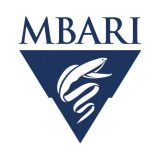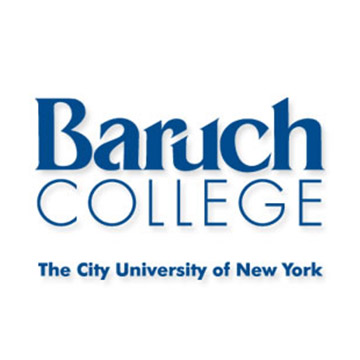The ocean’s midwater is considered to be the largest habitable space for life on earth, yet it is also one of the most minimally explored marine environments. Collecting specimens in this region is incredibly challenging, as many open ocean species are quick, fragile, and small. Keeping a midwater animal alive for study at the surface is a difficult task due to changes in pressure or damage that may occur during collection. In spite of the challenges, species sampling from the midwater is necessary for helping scientists obtain all kinds of information. Understanding the diet, life span, reproduction, and growth of an animal can only be determined with a live specimen. Obtaining this knowledge can help assess the risk of extinction and provide a baseline on the health of the ecosystem, especially in very remote regions of the ocean that are challenging for people to access. Understanding the baseline health of the midwater environment is especially important for discussions on international policy, management, and stewardship of the high seas– regions of the ocean that do not fall under any one country’s jurisdiction.
Sampling in the mid-water today is mostly performed the same way it was 30 years ago, but recently, scientists and engineers have been working on new methods to improve the way we collect and understand marine species. In 2019, Co – Principal Investigators Brennan Phillips (University of Rhode Island), Kakani Katija (MBARI), Robert Wood (Harvard University), David Gruber (City University of New York/Baruch College), and their teams of interdisciplinary researchers voyaged aboard R/V Falkor to test new technologies that allow them to study open ocean species in situ, something that had never been done before. In August, they will return to Falkor to test improvements made to the technology since the 2019 expedition, and continue to refine the next generation of technologies for ocean exploration.
Continuing to Move Technology Forward
Most of the current techniques for taking an inventory of biodiversity in the ocean describe new species and let us know “who” is there. But they do not provide any physiological information on that species (e.g. metabolism, its aging mechanisms, its stress responses, etc.) In order to do this, new techniques need to be refined. For example, technology designed for sustained observation with metabolic tracking, or with the ability to take small portions of the animal (like a medical blood sample) for immediate preservation. Most submarines or ROVs take hours or even days to reach the surface after the sample is collected, and in that time tissues begin to degrade from changing pressure, fluctuating temperatures, or exposure to light at the surface. For samples to yield useful information on physiology or genetics (especially RNA), they must be immediately preserved or “fixed” in the water at depth.
During their time on Falkor, the research team will outfit ROV SuBastian with a novel robotic encapsulation device and a near-real-time reality capture system to enable rapid characterization of deep sea organisms. The team also hopes to develop a technological workflow for species descriptions using three-dimensional imaging and genomic sequencing. The refined version of a next-generation RAD (Rotary Actuated Dodecahedron) Sampler (RAD2) will be integrated on one of ROV SuBastian’s manipulator arms. The sphere-like device will be able to rapidly encapsulate animals, image them up-close, and collect samples for preservation. Sampling will be highly selective and focused on animals either undescribed by science or are too fragile for traditional collection methods.
Additionally, the DeepPIV (particle image velocimetry) instrument, developed by MBARI, will be also be integrated into SuBastian once more. This instrument consists of a laser and optics that illuminate a sheet of light, that can be used to not only measure fine-scale movements of water in and around animals, but can also create 3D scans of gelatinous animals and mucus structures. Along with DeepPIV, the MBARI team will be integrating a new, real-time 3D imaging system called EyeRIS (Remote Imaging System) onto SuBastian. Inspired by multi-lens imaging in insects, EyeRIS uses lightfield imaging to capture volumetric data within a scene, and will hopefully create novel, sub-mm resolution 3D models of animals in the deep sea.
Testing Advancements in Action
Dr. Phillips and his team are looking to create a paradigm shift in how researchers perform midwater exploration. The ‘twilight’, or mesopelagic zone, is receiving renewed interest from the oceanographic community. There are numerous undescribed species dwelling in the pelagic zone beneath the limits of technical SCUBA diving, and improved survey methods have highlighted the biomass that exists in the twilight zone and beyond.
This technology trial is an extension of the 2019 expedition, and the engineers will be testing refined versions of devices they tested two years ago. Many of the systems that they are working with are quite involved and complicated, and gaining experience with the instruments in the midwater region will be paramount in adapting the technology for future use within the scientific community.
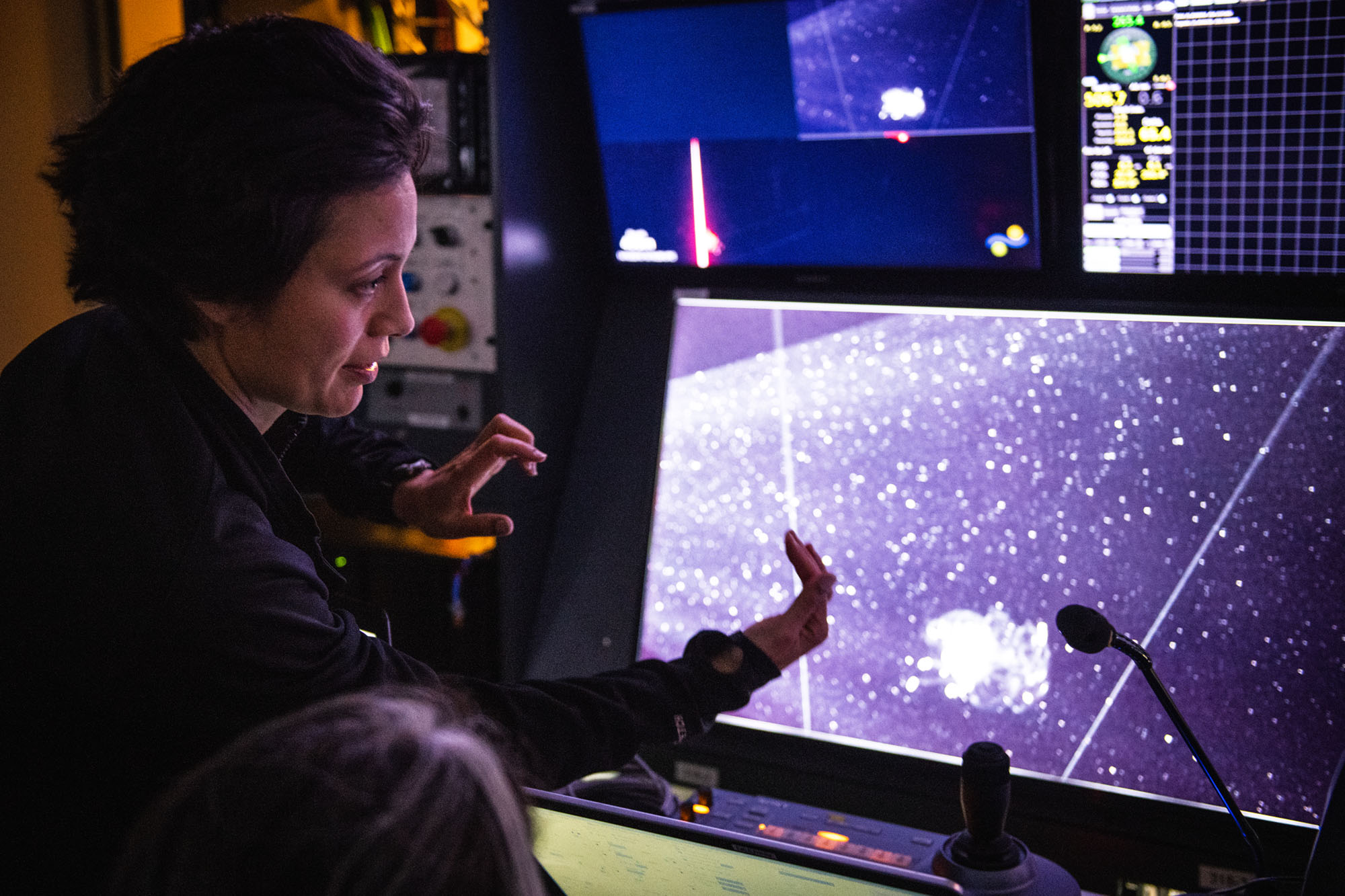
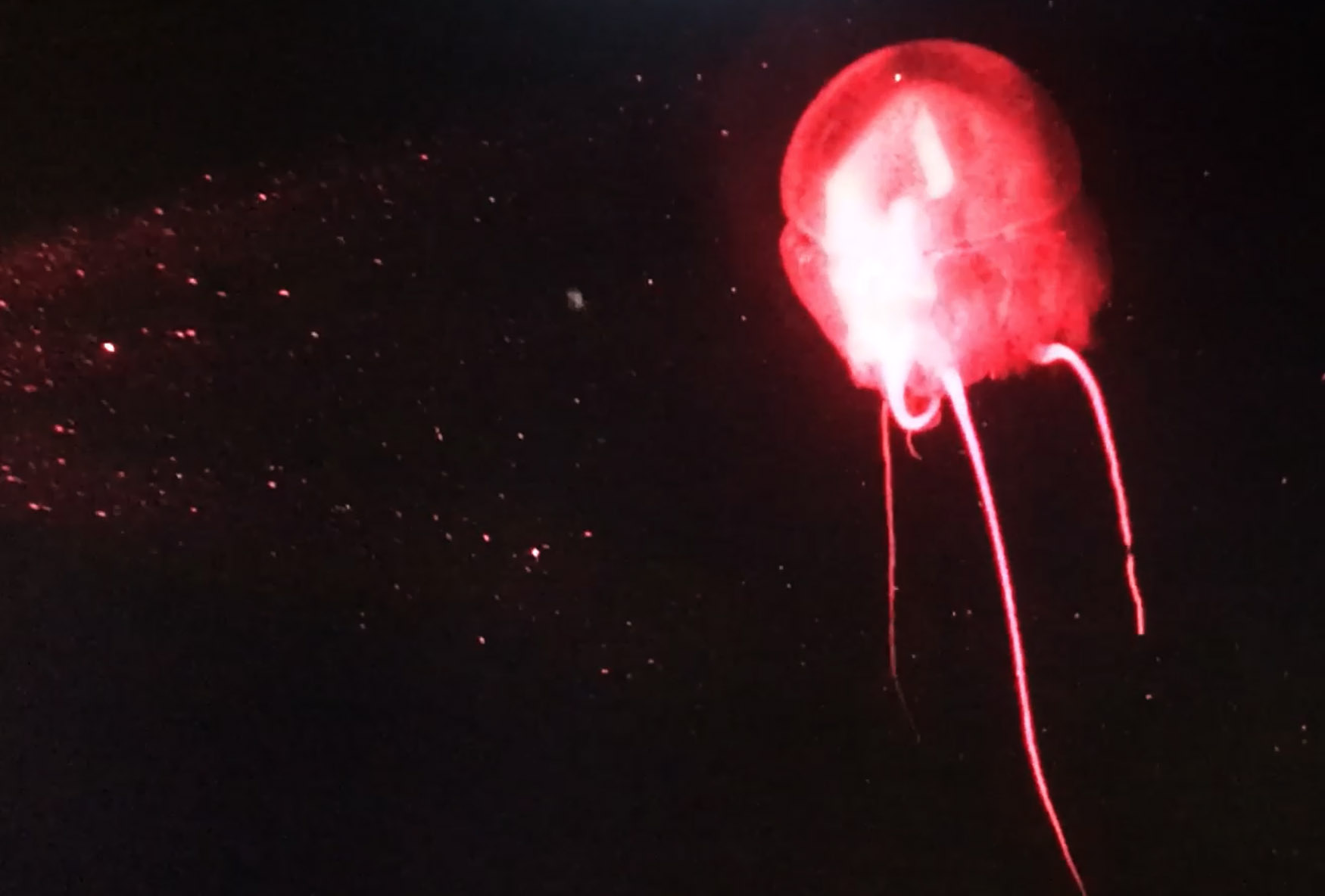
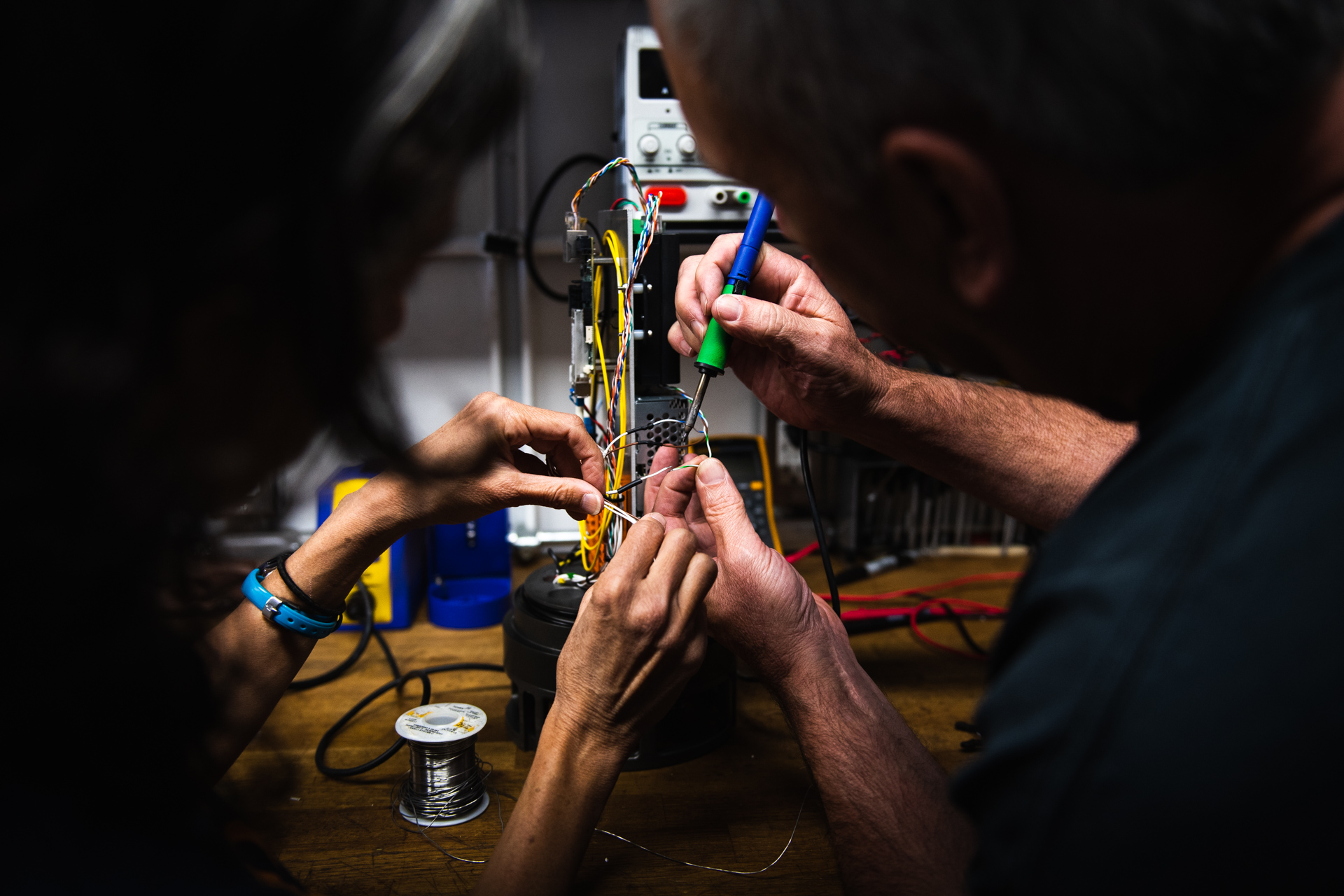
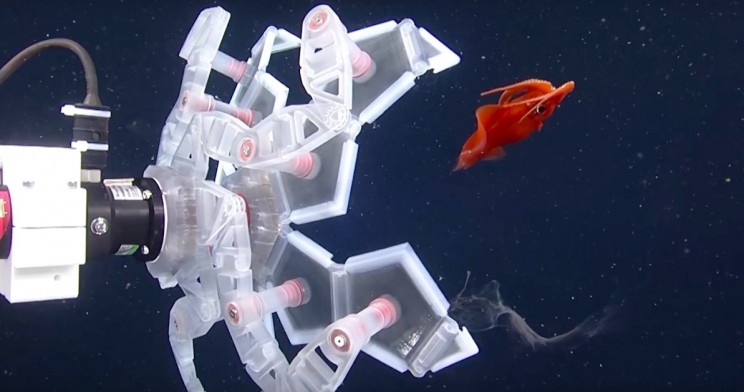
Data & Publications
3D models from data collected using the DeepPIV instrument are available on SketchFab.
Resulting shipboard sensor data is archived at Rolling Deck to Repository.
Google Earth visualization, imagery, navigation, CTD data, and event documentation from ROV SuBastian and navigation from Falkor are archived at MGDS.
Documentation on the design of the Rotary Actuated Dodecahedron Sampler (RAD2 Sampler) is now publicly available.
Genomic data from an unclassified invertebrate salp species in the genus Pegea has been archived at NCBI. The genome, transcriptome, and annotation is available via Zenodo.
Transcriptome assembly and annotations for an unclassified specimen of the genus Tompteris are available via Zenodo.
Transcriptome assembly and annotations for the siphonophore Marrus claudanielis are available via Zenodo.
Transcriptome assembly and annotations for an unclassified siphonophore of the genus Erenna are available via Zenodo.
Transcriptome sequencing of deep marine invertebrates from samples collected during the expedition are available at NCBI. The list of BioSamples can be viewed here.
- 30 day Preliminary Cruise Report: Designing the Future 2
- Final Expedition Report: Designing the Future 2
- Burns, J., Becker, K., Casagrande, D., Daniels, J., Roberts, P., Orenstein, E., et al. (2024). An in situ digital synthesis strategy for the discovery and description of ocean live. Science Advances, 10(3), doi: 10.1126/sciadv.adj4960. [This article has been published as OPEN ACCESS].
- Burns, J., Daniels, J., Becker, K., Casagrande, D., Roberts, P., Orenstein, E., et al. (2024). Transcriptome sequencing of seven deep marine invertebrates. Nature Scientific Data, 11 (679), doi: 10.1038/s41597-024-03533-4. [This article has been published as OPEN ACCESS].
In the News
A Gentle Grip on Gelatinous Creatures
Wyss Institute • August 28th, 2019
A gentle grip on gelatinous creatures – Ultra-soft underwater grippers reach next level of perfection
The Harvard Gazette • August 28th, 2019
Soft Robot Gives Jellyfish A Hug
(Audio interview)
Science Friday • August 30th, 2019

